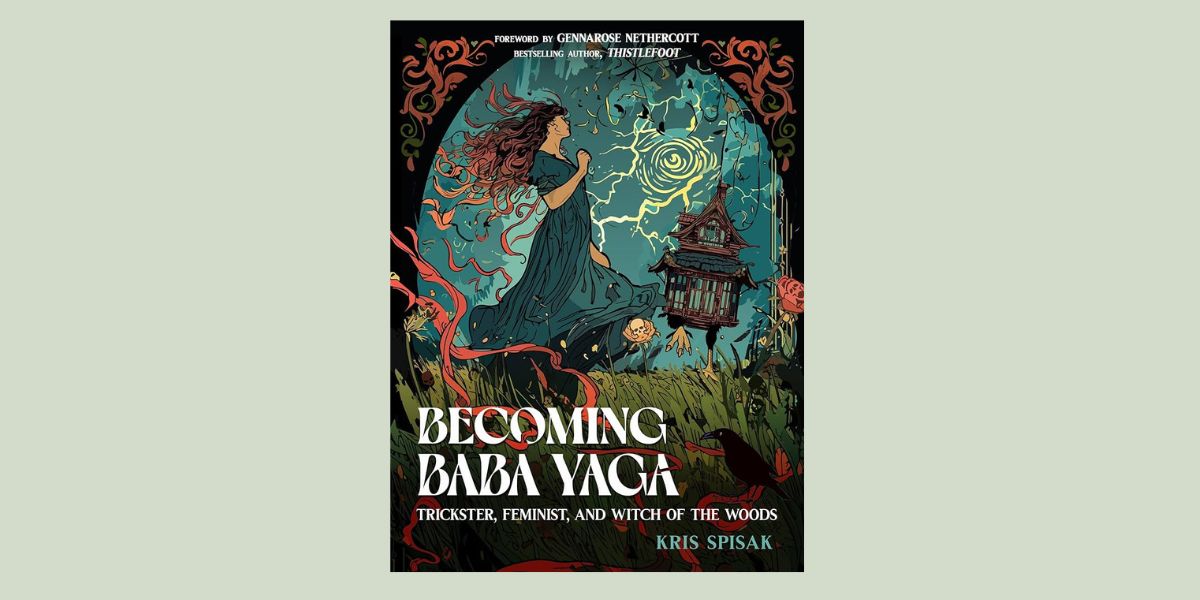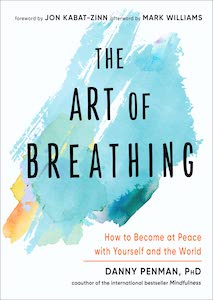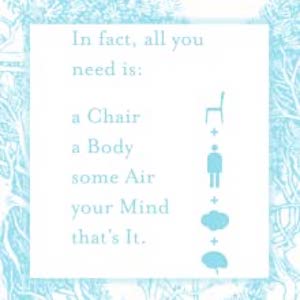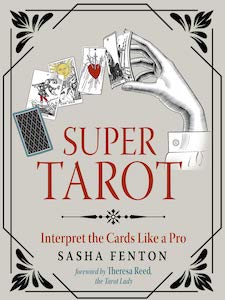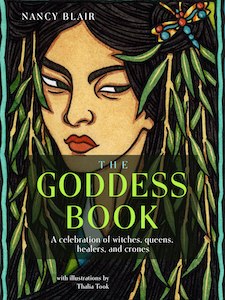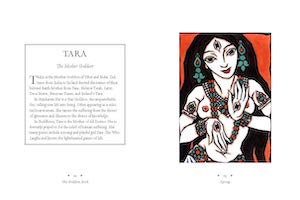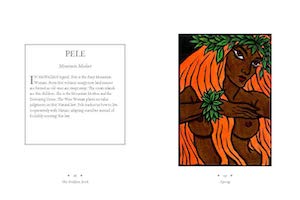
Palmistry: Your Plain & Simple Guide to Reading Destiny in Your Hands, by Sasha Fenton
Hampton Roads Publishing, 978-1642970685, 160 pages, 2024
In her book, Palmistry: Your Plain and Simple Guide to Reading Destiny in Your Hands, author Sasha Fenton presents an easy-to-read guide to reading palms. She even includes a brief explanation of fingerprints. The book is written in a very conversational style with lots of drawings that support the text and make it easy to read your own palm and the hands of friends and family. This book is a reprint of a version that was published in 2009 and again in 2016.
A professional astrologer since 1973, Sasha Fenton has also practiced tarot, numerology and palmistry for many years. She is a prolific writer, with over 120 books that have been translated into 11 languages around the world. In addition to speaking at workshops and panels in Great Britain, Fenton has also appeared on numerous TV and radio programs. Her articles on astrology have been published in many magazines and newspapers. She has also served on several boards and councils, as well as aiding in the launch of MBS Professionals LTD, a group for practitioners in the spiritual arts. Fenton currently lives in western England.
I have always been fascinated by palmistry and was excited by the cover of Fenton’s book, which features a hand with some of the most important regions highlighted in bright, bold colors. She even included the astrological correspondences for the fingers!
After a brief introduction, Fenton dives right into teaching us how to read hands, dividing the subject matter into eleven chapters. She begins with a masculine set of hands and a scene where you and your girlfriends are out for the evening and decide to research the guys you encounter. She covers hand size and the differences between right and left-handed people. I found this quote amusing:
“Right-handed people are in the majority; so, if you like an ordinary type of guy whose head isn’t full of artistic waffle, this is the man for you.”1
Next, she highlights details of female hands, before moving on to a “map of the hand,” which highlights different areas of our lives. She provides a brief history and shares: “the Indo-European palmistry that we use has links to the planets in astrology, but there are subtle differences between a palmist’s view of the planetary connections and that of astrologers.”2 She explains that she thinks that this difference relates to the way modern astrology has strayed from more ancient ways of looking at the planets and how they interact with life on earth.
Fenton presents a great table of the primary planets and the areas of the hand (and life) that each reflects. The rest of the chapter focuses on the planets and how each one shows up in our hands. In successive chapters, she covers the fingers, the lines on the hands, marks on the hands, and how the hands relate to love and relationships. I found this chapter really interesting!
Next, Fenton covers the hands and markings and qualities that can point to health or illness. She advises the reader to check out other, more comprehensive books on this topic if you are really interested in learning more.
Finally, Fenton combines all the knowledge that she has shared and brings the reader back to the restaurant scene from the first chapter. She gives you tips about bringing all the information together, in order to read a palm and learn more about the people in your life. This chapter is really focused on the “love” aspect, and she provides information about what to look for in a mate, if you are desiring certain traits and characteristics.
I decided to test what I’d learned and do a reading on my husband’s hands. Here’s what I learned:
Large hands: Doesn’t like to be rushed, enjoys quiet nights at home
Right-handed: Happy with the ordinary and may be good with hands for odd jobs
Veins showing on back of hand: Sensitive in nature and will hear what you say
Flexible hands: May be spontaneous and happy to go out of town on the spur of the moment
Edge of hand is thick: Not easy to shock this man
Fingers spread widely: Generous with money
Rounded fingertips and a thumb that opens widely: Friendly, helpful, social
I would say that each of these qualities is accurate for my guy! Next, I’ll look at his lines and look for more qualities and check out some of the health notes.
Palmistry is great for anyone who wants to learn more about reading palms, hands, and fingers. It would probably be best for a beginner, as the information is very foundational and a more experienced palm reader might be disinterested. Since it is so easy to read, it would also be good for teenagers or young adults to read and use the information to analyze friends and family.
I plan to investigate Sasha Fenton further and find more of her books and articles!

PJ Spur is an author, intuitive, spiritual mentor, astrologer, and hypnotist. She does tarot & oracle card readings, natal chart readings, grief coaching, and relationship healing. She also has hosted a weekly “Coffee & Cards” event with her Soul Compass Community for the past four years. Her book Navigating Grief with Grace is available on Amazon. Learn more at www.dearpj.com

